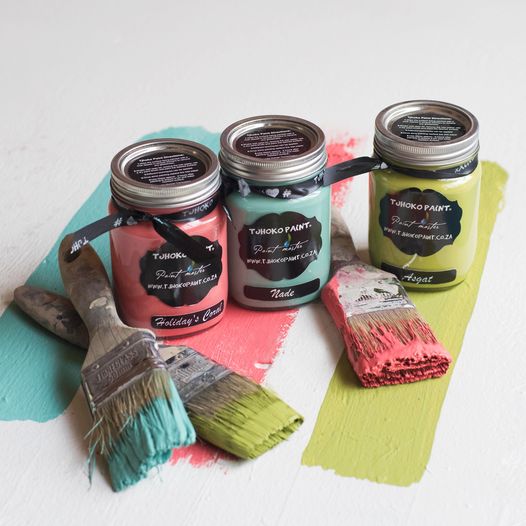Why is it important for my little one to know shapes?
Shapes are the building blocks for recognising letters and numbers. First, we teach our children the basic shapes, then we move on to numbers and letters, which are made up of curved lines and different shapes. Learning shapes is crucial for toddlers because it sets the stage for later literacy. If a child can easily recognise different shapes, they’ll have an easier time telling letters apart when they start reading and writing.
Learning shapes also helps develop sorting and classification skills. For example, a wheel, a pizza, and a bottle cap are all different items, but they share a shape we can group together. This ability to sort and classify is important later on in maths and other higher-level thinking skills.
Playing with shape blocks, where kids build objects out of different shapes, also helps develop visual perception skills. These skills are fundamental for school readiness, particularly in maths. Constructive play with different shapes strengthens their understanding of spatial relationships, which is directly linked to maths abilities and is important for learning to write and read.
So, what shape milestones should your child be reaching? Here’s a quick guide:
- 2 years: Matches squares, circles, and triangles.
- 3 years: Matches squares, circles, triangles, and rectangles. Names a circle. Identifies a square, circle, and triangle.
- 4 years: Names a circle, rectangle, triangle, and square. Identifies a square, circle, triangle, rectangle, oval, moon, and star.
- 5 years: Names a square, circle, rectangle, triangle, oval, moon, star, and cross. Identifies a square, circle, rectangle, triangle, oval, moon, star, cross, and diamond.
- 6 years: Names and identifies all shapes.
Fun ways to teach shapes with Tjhoko Paint
Paint is a fantastic tool to use with toddlers. It encourages large movements, involves the whole body, and provides loads of sensory stimulation. Here are a few fun and easy ways to use Tjhoko Paint to help your little one learn shapes:
- Footprint Shape Walk: Draw the shape you want to teach on a large piece of paper (an old desk calendar works perfectly). Let your child sit and dip their feet in paint, then help them walk along the lines, stepping in the shape with their footprints. Once dry, use the shape to find household items that match and store them in the shape’s “house.” You can also switch it up with handprints along the edges of the shape for more fun!
- Sensory Shape Fun: Mix Tjhoko Paint with a bit of cornflour to create sensory paint. Let your child paint the shapes with their fingers or follow your dotted lines. Stick the shapes up around the house and encourage your child to regularly trace the lines with their finger. It’s a fantastic sensory experience!
- Stencil Play: Grab some objects, cut out stencils from cardboard, or use large leaves. Let your child paint over the stencil and stamp it onto a page. As they paint, name the shapes for them. Once the page is filled with different shape prints and dry, play a game of “Quick Eyes.” Name a shape (e.g., a circle), and they need to race a toy car from one circle to the next, saying the shape aloud before moving to the next one.
- Big Wall Shapes: Stick an old sheet or large piece of paper on the wall—working on a vertical surface is great for motor skills. Paint a big shape that requires your child to move their entire body, reaching their arms across the midline. Next, paint a smaller shape inside it, then another smaller one inside that. You’ll end up with a beautiful rainbow of shapes that’s fun and interactive!
Shapes are more than just something to draw—by making learning fun and hands-on, you’re helping your little one build essential skills for life. So grab that Tjhoko Paint and get ready for some creative, educational fun!


